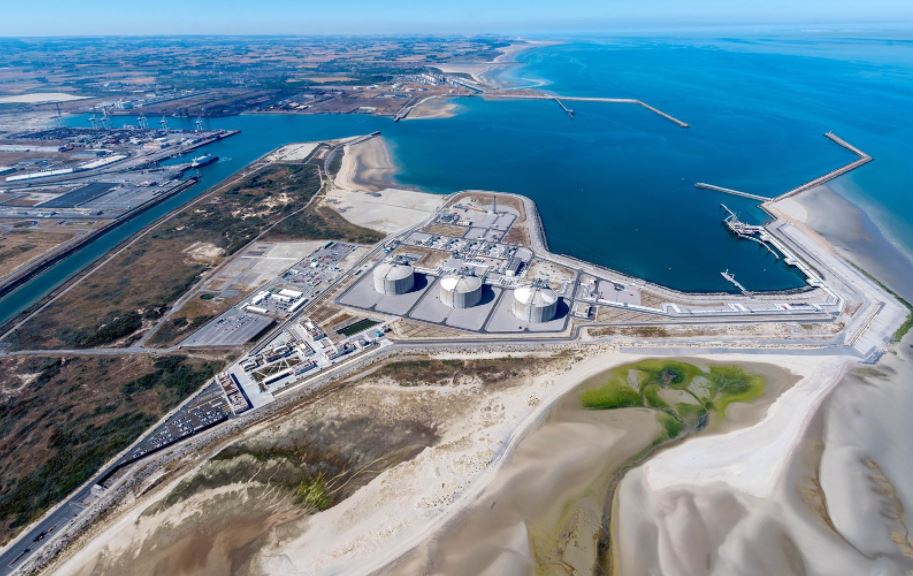A liquefied natural gas shipment from Australia could reach European shores for the first time since 2022, as Europe seeks to replace lost Russian pipeline supplies, Bloomberg reports.
The French LNG carrier Elisa Ardea, which recently docked at the Wheatstone LNG export facility in Western Australia, has indicated France’s Dunkirk port as its destination, according to ship-tracking data compiled by Bloomberg.
However, Bloomberg notes that uncertainty surrounds the delivery, as the vessel’s manually registered draft showed no change after departing Wheatstone, suggesting it might not be carrying gas cargo. The completion of the extended journey to France remains unconfirmed.
The last Australian LNG cargo received in Europe arrived in November 2022, according to Bloomberg data, during a period of record-high spot prices following Russia’s invasion of Ukraine. Ship tracking data shows that Australia directed all its LNG exports to Asian markets throughout 2024.
Bloomberg reports that traders are diverting shipments from Asia to Europe as prices hit a two-year high. Weak Asian demand has led regional importers to cut spot purchases, while lower freight rates have made longer routes more economically viable when market conditions favor higher prices.
Related:
- Russia’s Astrakhan gas processing plant halts operations after Ukrainian drone attack
- Moldova’s Russian-controlled Transnistria receives gas supplies from EU as Russian deliveries halt
- EU dismisses FT report on linking Russian gas transit resumption talks to potential Ukraine peace deal
- “Russian gas costs sovereignty, US LNG only money”: Zelenskyy responds to Fico’s “enemy” claims
- “Europe’s gas vault”: Ukraine offers its storage facilities to Croatia
- Bloomberg: EU is likely to delay Russian energy phase-out plan
- Hungary drops Russia sanctions veto after EU pledges gas security talks





